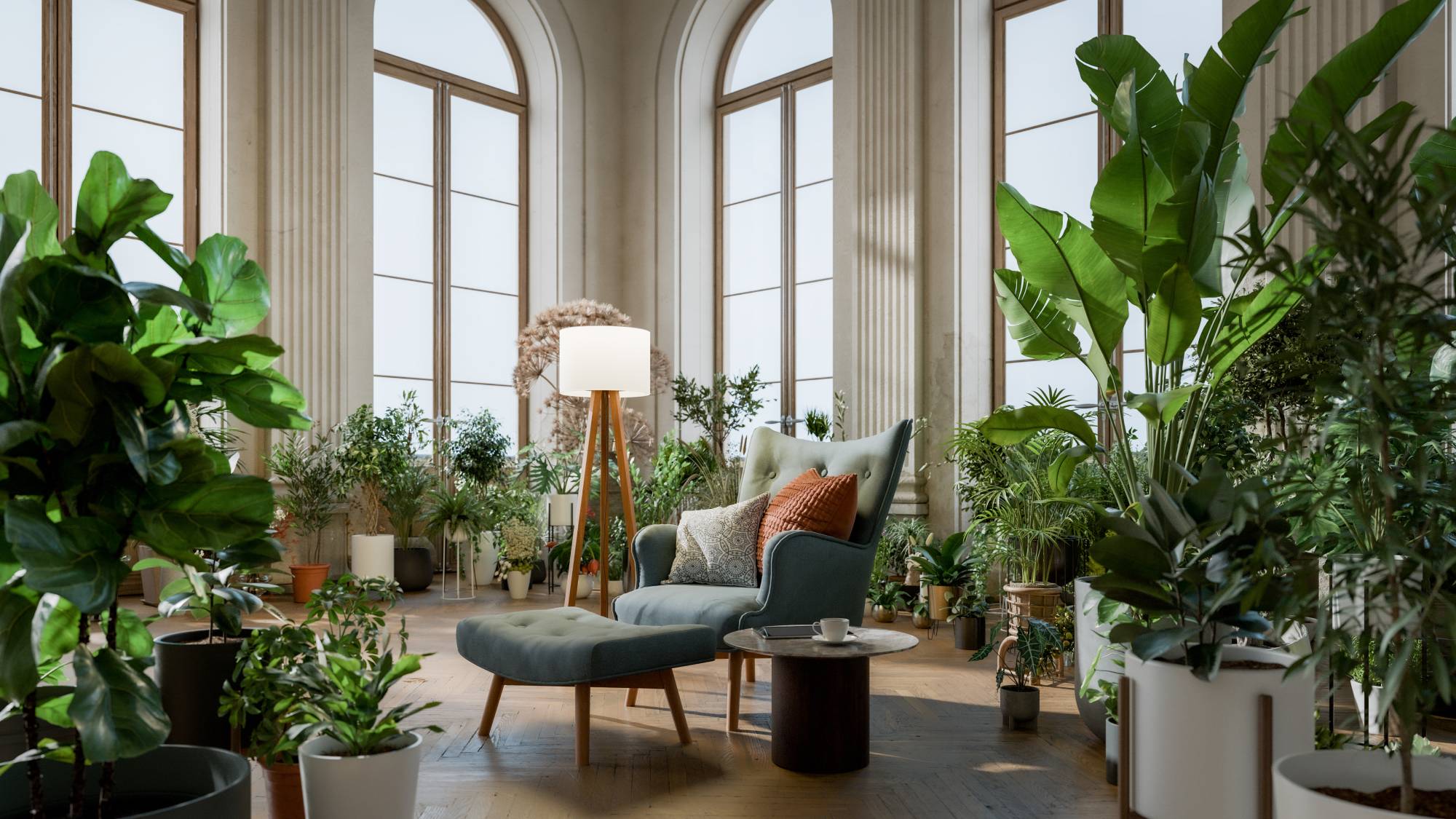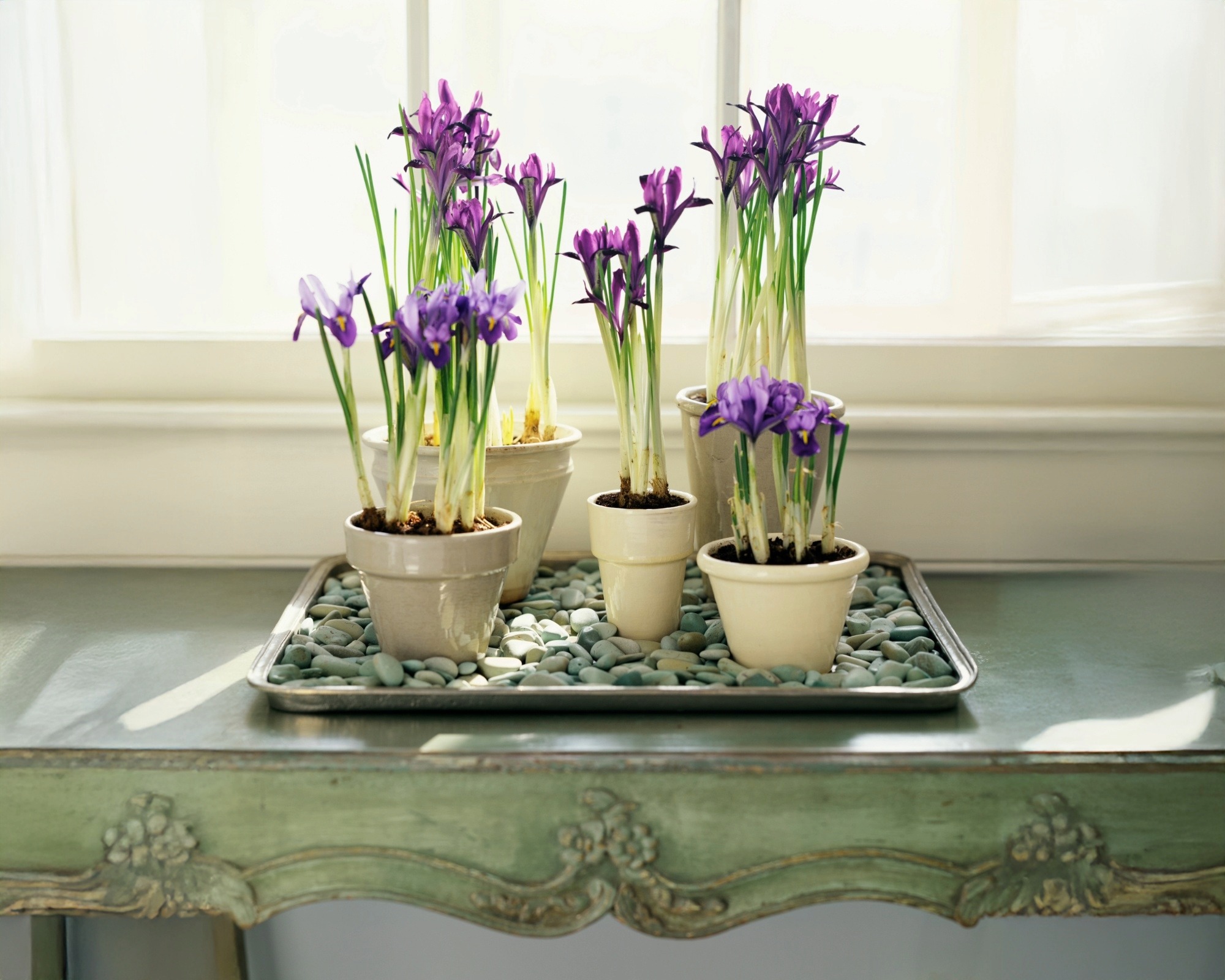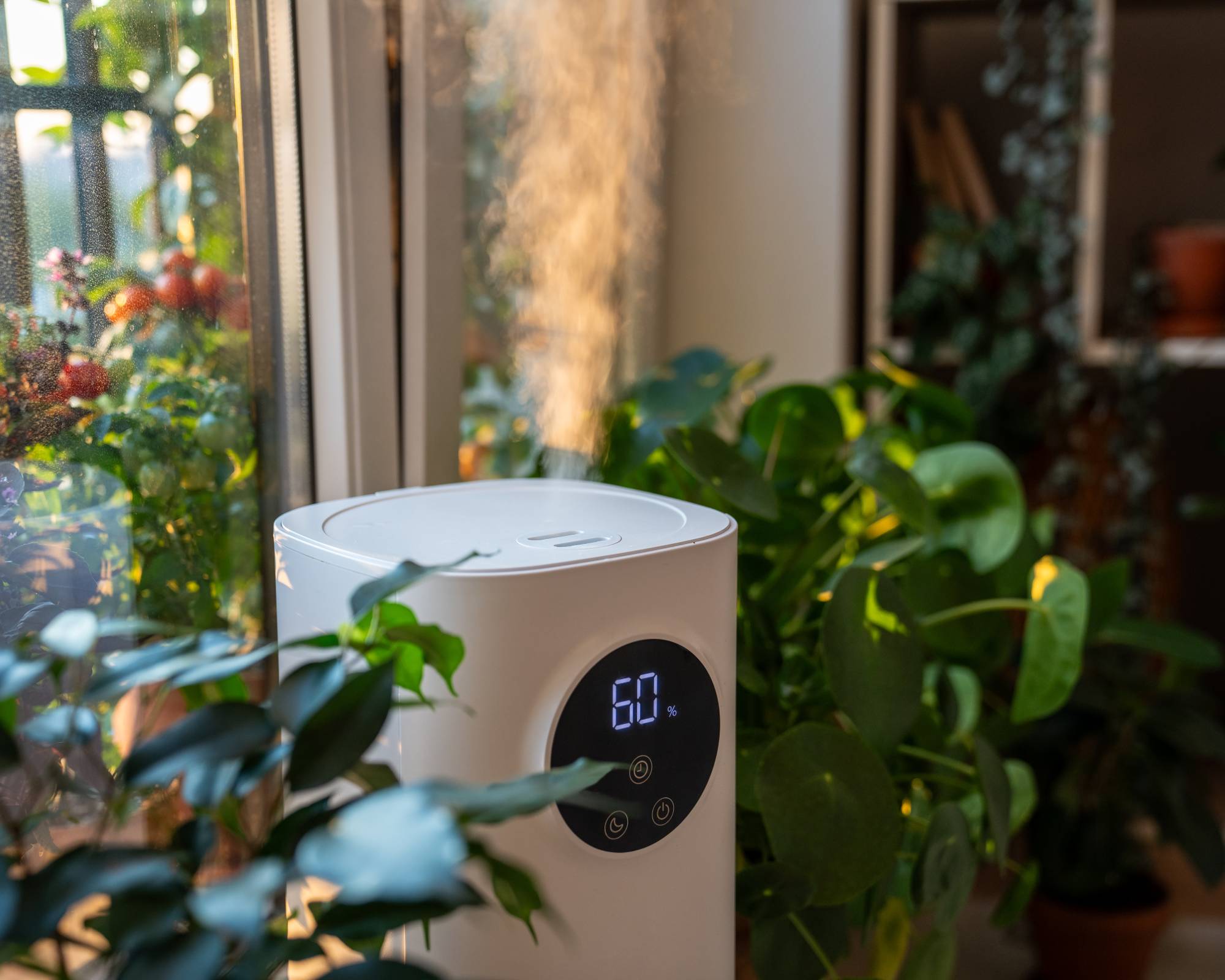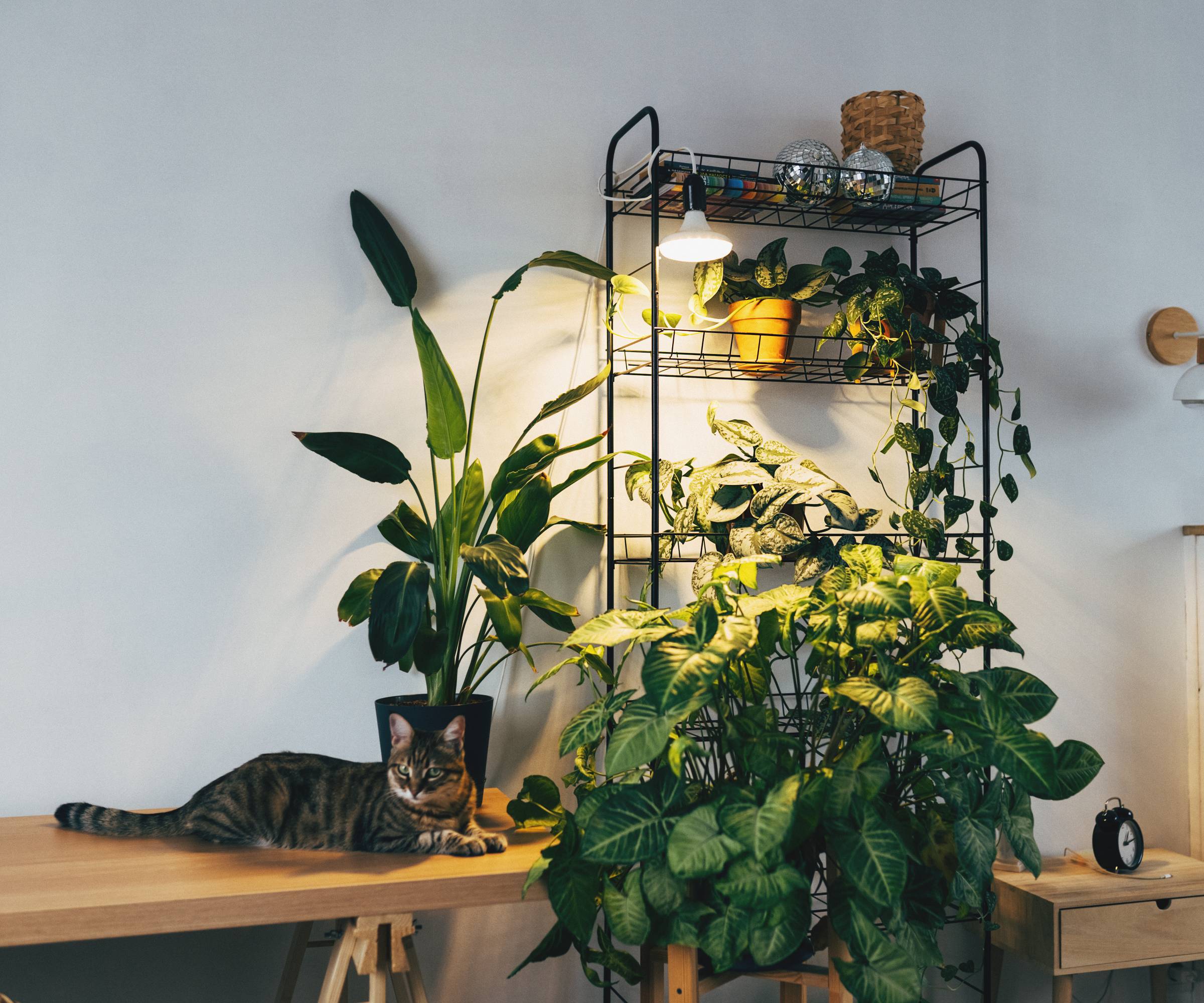Humidity Is the Secret to Thriving Winter Houseplants – Stop Brown, Crispy Leaves With These 3 Easy Methods
Don't let your houseplants get fried by dry air this winter! These simple methods that add moisture to your air will keep your plants happy and healthy.


Laura Walters
It can be infuriating to find crispy leaves on your houseplants that you have spent so much time and energy nurturing throughout the year. The low humidity problem is twofold in the winter. Cooler air holds less moisture and our heating systems dry the air out even further.
Houseplants tend to be tropical plants and rely on high humidity to keep them thriving. During the summer months (at least in the Midwest) there is plenty of humidity to go around, but as soon as the heater kicks on, the moisture in your air begins to disappear. Luckily, there are some easy ways to raise humidity for houseplants!
A few simple tricks can help your plants survive even the driest winter months and prepare them for new growth come spring.
Humidity for Houseplants
Humans do well with relative humidity levels between 30-50%, but many tropical plants need 70-80% relative humidity. It is important to find a middle ground so that humans and plants are happy!
Plants soak up water through their roots and release water vapor into the air via pores on their leaves through a process called transpiration. The drier the air around the plant is, the faster transpiration occurs, and the plant will dry out and go limp. Eventually, the leaves will become brown and crispy.
Maintaining proper soil moisture levels and relative humidity is a difficult balancing act. Increasing watering seems like it would help, but it can lead to other problems like root rot and fungus gnats. So boosting humidity in the air around your lovely tropical plants will help them to not lose as much moisture while also preventing other complications from overwatering.
An easy way to keep track of your humidity levels is to use a combination hygrometer and thermometer device like this one from Amazon. I love this three-pack because I can set them in various places throughout the house to track temperature and humidity. (I live in a 100-year-old house so there are lots of fluctuations to keep an eye on!)
Sign up for the Gardening Know How newsletter today and receive a free copy of our e-book "How to Grow Delicious Tomatoes".
Plants that tend to need high levels of humidity include prayer plants, calatheas, orchids, peace lilies, ferns, parlor palms, among others. So if you have some of these, then these humidifying methods will help immensely.
1. Pebble Tray

Adding a pebble tray under some of your more humidity-reliant houseplants is a cheap and easy way to boost moisture levels. It sounds like it is too simple to possibly work, but that little extra bit of water evaporating into the air around your plant will help it retain more moisture in the dry winter air.
You can make a simple DIY pebble tray by filling a dish that is wider than your plant pot with pebbles or aquarium gravel. Fill the dish with water just below the tops of the pebbles. You don’t want the water to touch the plant pot because it can begin soaking up the water into the soil and can cause root rot.
Find cute dishes or trays from the thrift store or purchase a boot tray like this one from Amazon to create a large pebble tray for multiple plants to sit on. You can also find the perfect pebbles from Amazon or find some around your property.
2. Humidifier

Humidifiers are a great way to raise relative humidity in a consistent manner. If you are able to add a whole house humidifier to your HVAC system, great! If you are not able to make that big of a change, a simple portable humidifier can work wonders.
Humidifiers come in cool mist or warm mist options, but choosing a cool mist humidifier will help prevent any accidental burns or heat damage to your plants. Personally, I rely on this Dreo cool mist humidifier from Amazon during the winter months. It is quiet and effective at raising the humidity (for both my plants and my nasal passages!).
3. Group Plants

As discussed above, plants take in water through their roots and release vapor through their leaves via transpiration. You can use this to your advantage by grouping your plants together. They will transpire into the air around each other and the group will raise the humidity levels themselves. Talk about self-sufficiency!
You can further help them by using a storage cabinet as an indoor greenhouse which will trap all that valuable moisture like a mini greenhouse or terrarium. There are some really neat products out there now that look stylish and will benefit your plants like this indoor greenhouse from Ikea. A cabinet like the stylish FABRIKÖR glass door cabinet from Ikea will also work. It comes in two sizes and will look great in any room. It has a glass top, too, so lots of light can reach your plants.
These methods of humidification for your houseplants are simple and incredibly effective. Don’t let your houseplants get crispy this winter – try some of these out!

Kathleen Walters joined Gardening Know How as a Content Editor in 2024, but she grew up helping her mom in the garden. She holds a bachelor’s degree in History from Miami University and a master’s degree in Public History from Wright State University. Before this, Kathleen worked for almost a decade as a Park Ranger with the National Park Service in Dayton, Ohio. The Huffman Prairie is one of her favorite places to explore native plants and get inspired. She has been working to turn her front yard into a pollinator garden.
- Laura WaltersContent Editor